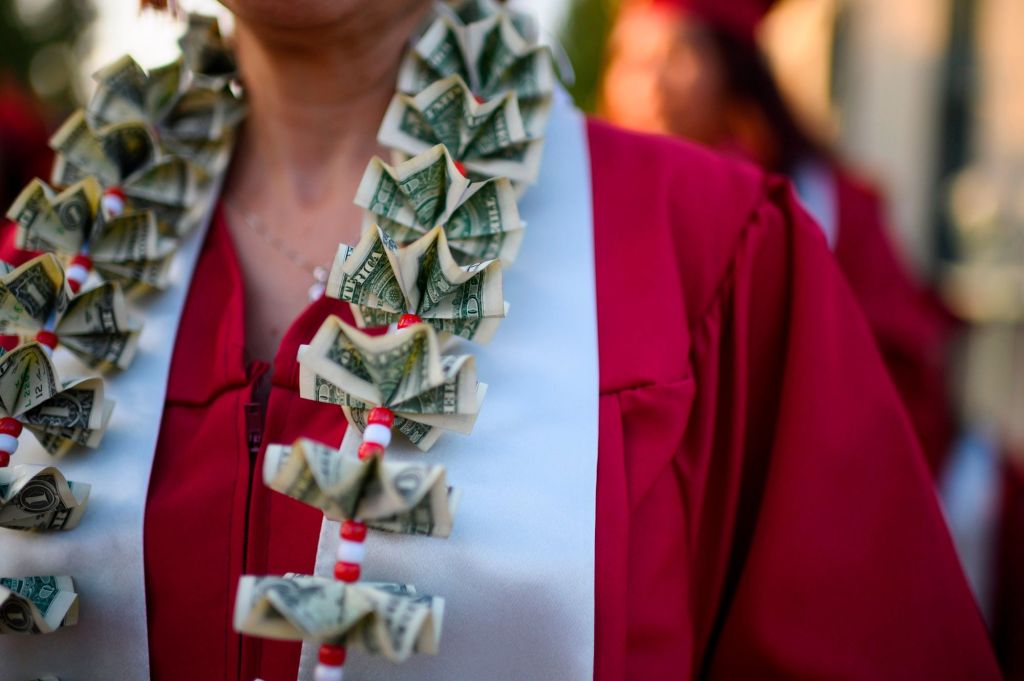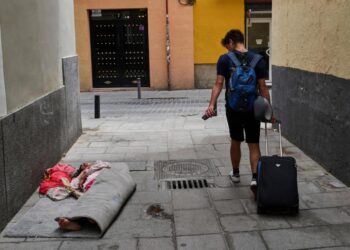High school graduates left billions of dollars in free college aid on the table by not filling out the Free Application for Federal Student Aid, or FAFSA, in 2022. Among the class of 2022, 44% of high school graduates skipped the FAFSA — and eligible students left behind $3.58 billion worth of Pell Grant money — per a January analysis by the National College Attainment Network, or NCAN.
The need-based Pell Grant is the largest federal grant program offered to U.S. undergraduates, and 2022 high school graduates who qualified for it received an average award of $4,686, the NCAN report found. A Pell Grant does not need to be repaid; it’s free money.
There are a few caveats to the report, however. FAFSA noncompletion percentages are based on the entire high school class of 2022, thus assuming that all of these students would want to go directly to college. Plus, not everyone can fill out the FAFSA. Undocumented students, for example, are not eligible for federal college aid, including Pell Grants, and are typically blocked from the FAFSA.
» MORE: What is a Pell Grant?
The class of 2022’s relatively high 44% national FAFSA noncompletion rate nonetheless marks an improvement from 2021 — the report’s debut — when 46% of students skipped the application, forgoing roughly $3.75 billion in Pell Grants.
The findings underline the work still to be done to encourage demand for higher education, says Bill DeBaun, NCAN’s senior director of data and strategic initiatives.
“The overarching message here is that there is slack in the postsecondary pipeline,” says DeBaun. “We are not connecting all the students that we can with available financial aid.”
Filling out the FAFSA is the key to unlocking federal, state and school-based loans and aid — including Pell Grants, work-study options and even some private scholarships. You should complete the FAFSA if you’re considering attaining a higher education, regardless of whether you’re currently enrolled…
Read the full article here







